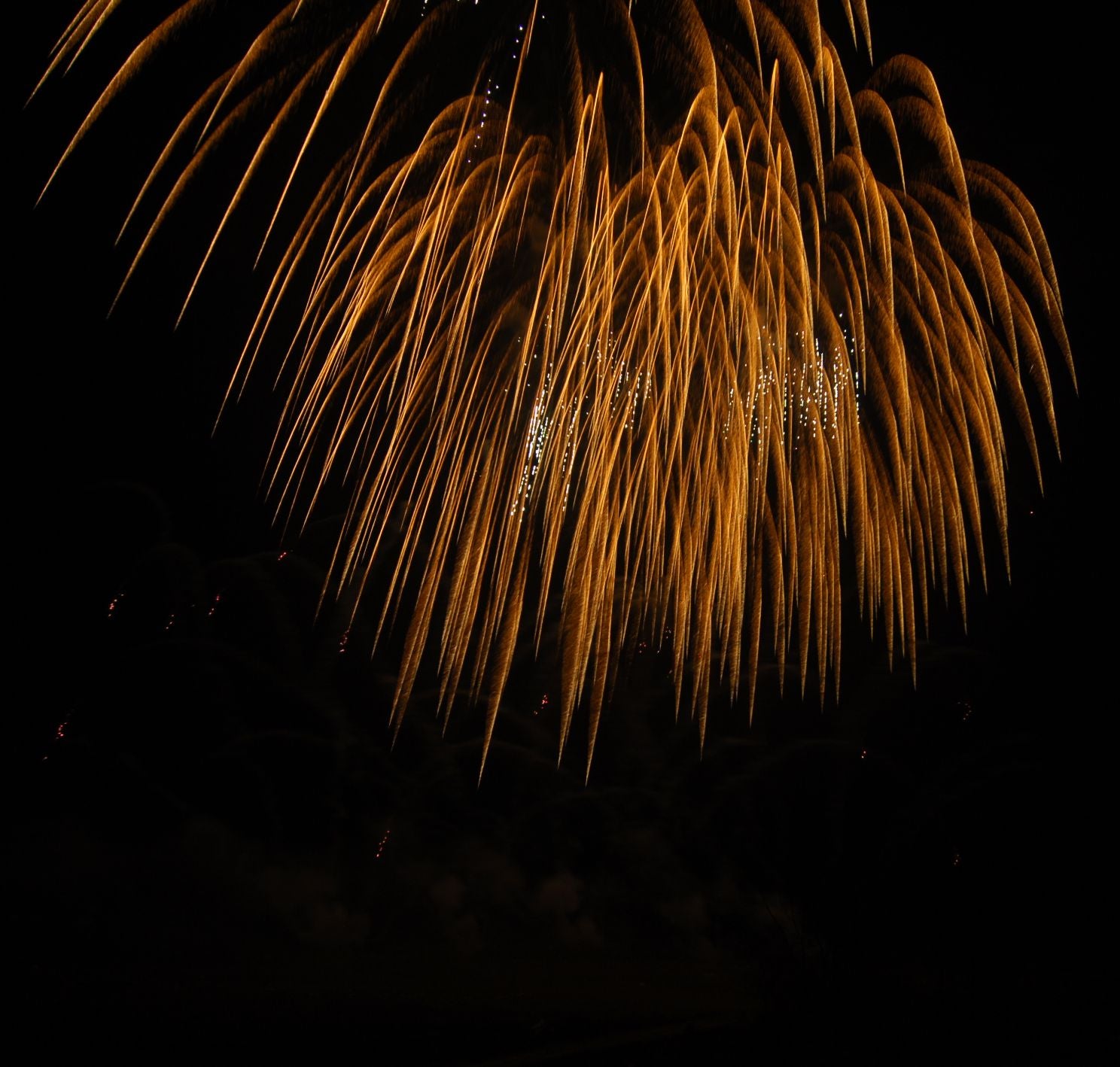
Summer Spectacular Fireworks Festival Japan 2014
As temperatures soar in the Southern Hemisphere, anticipation of the start of the display fireworks festival season begins in earnest.
The Japanese are acknowledged throughout the world as the consummate experts in the creation and firing of the biggest ‘super shells’ you can imagine. (Shells are the huge ball-shaped bursts seen at massive events like the world cup, jubilee, new years etc).
In Japan, fireworks, are known as Hanabi which literally translates as ‘boys haircut’, are central to all socialising and entertainment during late July and throughout August as in their eyes, this beautiful sky art signifies that summer is here.
Firework shells are of course a very specialist area and can only be fired by specialist professionally trained firers but in Japan they can be seen all over the country for a couple of hours every day just after sunset.
One of the most famous Summer Fireworks events in Japan takes place in Tokyo at the Sumida River Firework festival which is also the oldest in the country and visited by up to a million people annually. This first event is on Saturday 26th July 2014 and it is a day of celebration and all the locals dress in traditional clothing and make their way to the riverside to watch some breathtaking fireworks.
Here in the UK we tend to have displays that are filled with more than a few massive bursts as whilst they are truly beautiful, there is little variation in effect as they do tend to stick to three main types:
STARMINE: More than one firework launched simultaneously to create a harmony of colours and shapes.
WARI-MONO: A ball-shaped burst where the shell is filled with ‘stars’ evenly spread which burst outwards and creates a beautiful spherical shape in the sky. These are judged by the Japanese on how perfect a ball shape they can create in the night sky.
POKA-MONO: In these, the shell splits in two halves having reached requisite altitude and they burst scattering the contents in the sky which generally give smaller burst effects like ‘crackling bees’ or ‘silver fish’.
KOWARI-MONO: There are a number of varieties including ‘a thousand chrysanthemums’ ‘flower garden’ and ‘a hundred flowers garden’.
Over the years, there have been huge advances in the colours within these shell bursts thanks to the efforts of both pyrotechnicians and chemists from around the world. In the early days of course, the only colours they were able to create were those which could be made using sulphur, saltpetre and carbon.
Historically, the addition of colour was really the brainchild of the Italians who, created the reds, greens and yellows that started off the need for different colour effects. It does seem at odds therefore to learn that the vast majority of Italian firework displays are in their preferred golds and silvers rather than adopting any colour.
Last year’s Sumida River Fireworks festival fireworks footage is absolutely breathtaking and with it just been on the edge of darkness, the fireworks seemed just that little brighter and there was a huge amount of colour and light.
A great opportunity for anyone fortunate enough to be visiting the area to see some of the biggest firework shell bursts in the World today.
